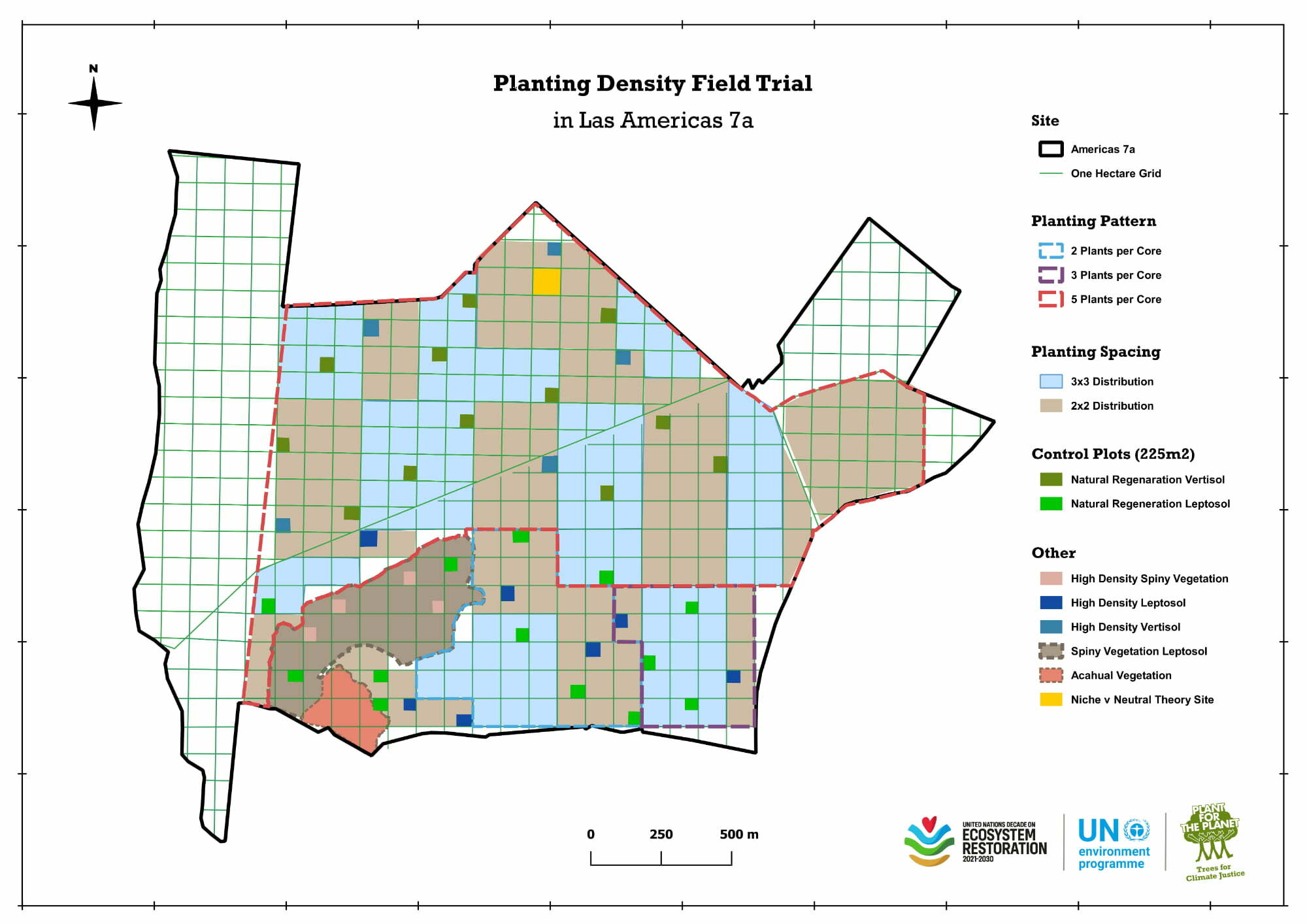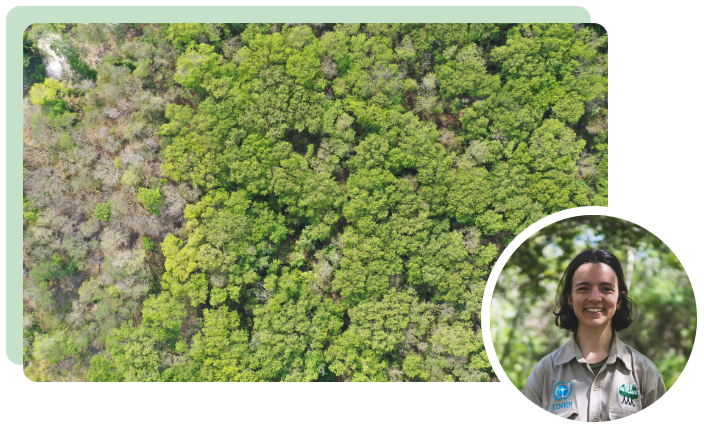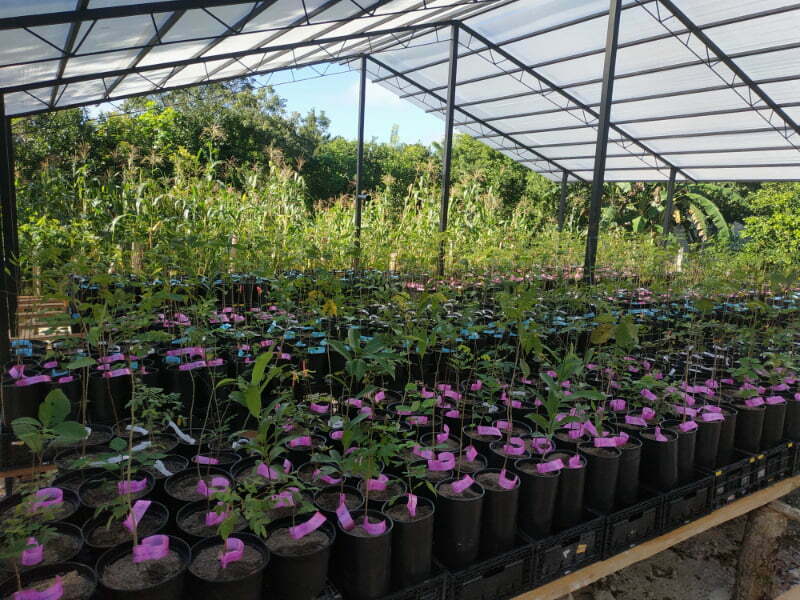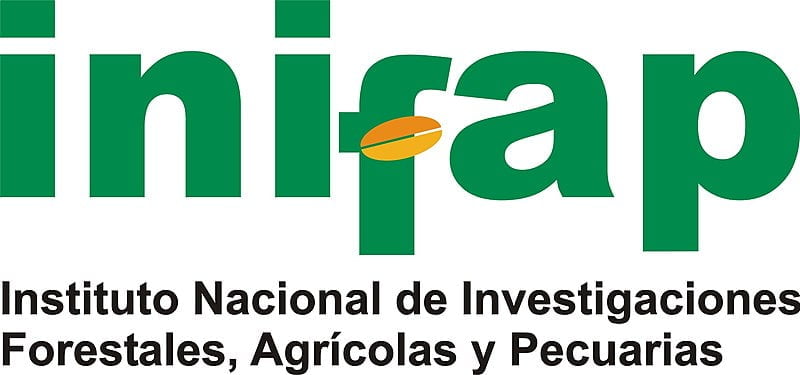Restoration Research Park
Center for Applied Forest Restoration Research & Advice
in Mexico's Balam-Kú Ecosystem Reserve
Planting a single tree is easy. But how do you restore vast, degraded forests and bring back as many of the locally lost species as possible? Which restoration methods are most effective in different ecosystems and different levels of degradation? How can regrowing forests withstand and mitigate the complex challenges of the climate crisis? How can restoration be maximally beneficial to the local community?
Many important scientific questions remain unanswered. And restoration initiatives around the world are waiting for answers.
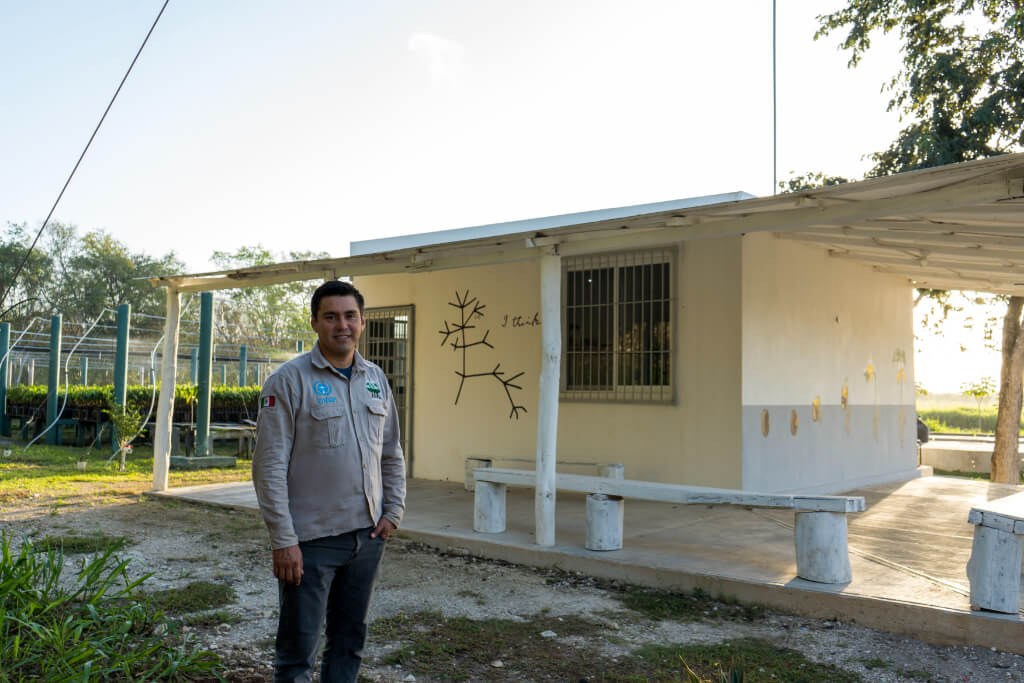
Ongoing Research
Nitrogen-Fixing Species
Nitrogen is one of the key nutrients plants need to grow. To do so, they extract inorganic nitrogen from the forest soil. A lot of tropical dry forests are nitrogen limited. That means that the low levels of nitrogen is the primary reason plants in that ecosystem are not growing faster. So what can be done?
Well, there is one family of plants with a unique ability. Species in the Fabaceae family (also called Legumes) grow small nodules on their roots and in those nodules they host special bacteria. These bacteria can fix nitrogen from the atmosphere and convert it into the type of nitrogen that plants can use. So while all other plants are competing for the limited inorganic nitrogen in the forest soil, the Fabaceae species just create their own through this symbiosis.
But that's not all. When plant material of these species decompose, that ‘new’ nitrogen is made available to other plants around. So in effect, they are helping other plants without that ability, to grow too.
So what percentage of all the seedlings planted should be such N-fixers to maximise growth without reducing forest biodiversity?
To answer that, we set up the first experiment with 16,000 trees in 2020. The experiment includes 160 subplots, evenly divided between ones that have 0%, 10%, 30% and 60% N-fixer species.

Forest Soil Microbiome Restoration
We are also testing a hypothesis that a simple addition of forest soil to a tree’s planting hole can increase survival rates. We expect to be introducing symbiotic microbes through the soil addition and thus the soil microorganism diversity in degraded soil towards communities that ‘help’ the trees grow.
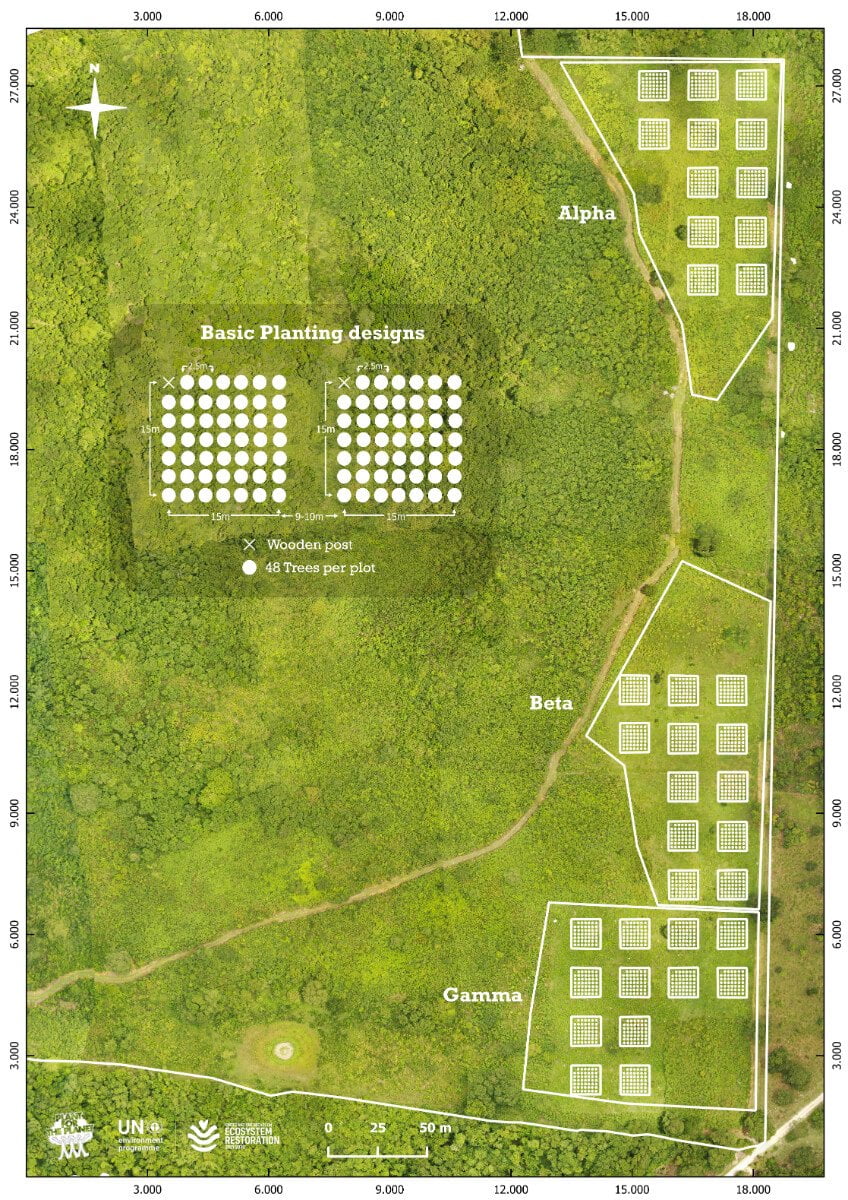
Functional Diversity Restoration
How can we build optimal species mixes that catalyze the recovery of resilient forests and help ensure that the right trees are planted in the right places?
In collaboration with the Global Experiments Network.
The aim of the study is to test and develop a method for selecting species mixes that not only better resemble those found in natural forests, but also are more likely to be resilient to future environmental conditions while contributing to the multiple socio-environmental benefits of forest restoration.
We look at how specific values of functional traits as well as complex mixes of traits influence growth, survival, recovery of native biodiversity, provisioning of ecosystem services, and in the long-term, stand-level resilience to climate change. This will provide insights into patterns of ecosystem recovery under different compositions and combinations of planted tree species. By grouping species by their functional traits, we can start to predict how the extraordinary diversity of tree species across the tropics are likely to respond when planted across the range of environmental conditions present at specific restoration sites.
The study consists of 36 experimental plots that measure 15 × 15m each and are spaced 10 m apart. Each plot is given one of six different planting treatments – replicated six times.
Restoration Advice Team
Nested within the Empowerment & Restoration Research Park is our Restoration Advice Team. We are building this team of experienced restoration ecologists to provide actionable restoration advice for projects around the world. The advice directly builds on the insights discovered by the research team.
Plant-for-the-Planet already collaborates with more than 200 forest restoration projects in over 50 countries. Many of them will benefit from the support of this team.
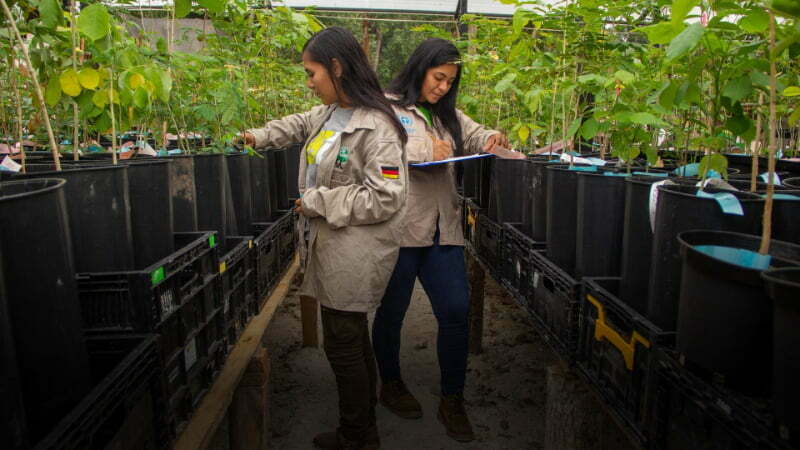
Infrastructure & Team
Research Team
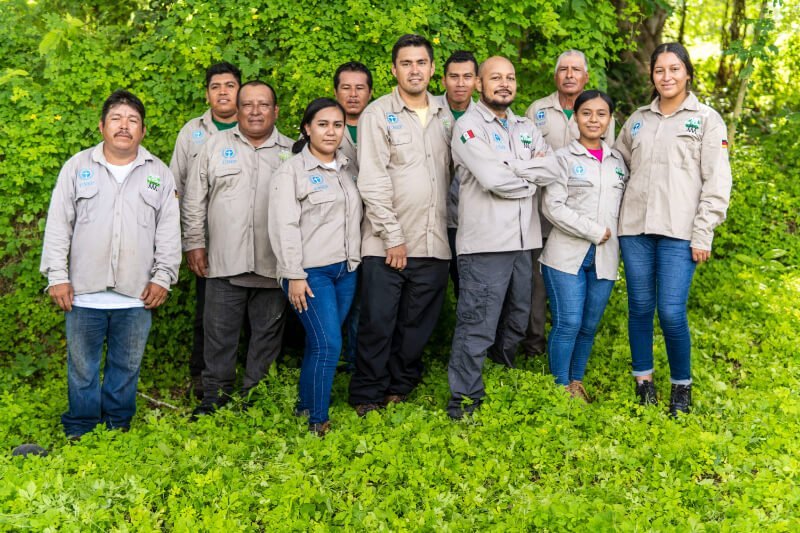
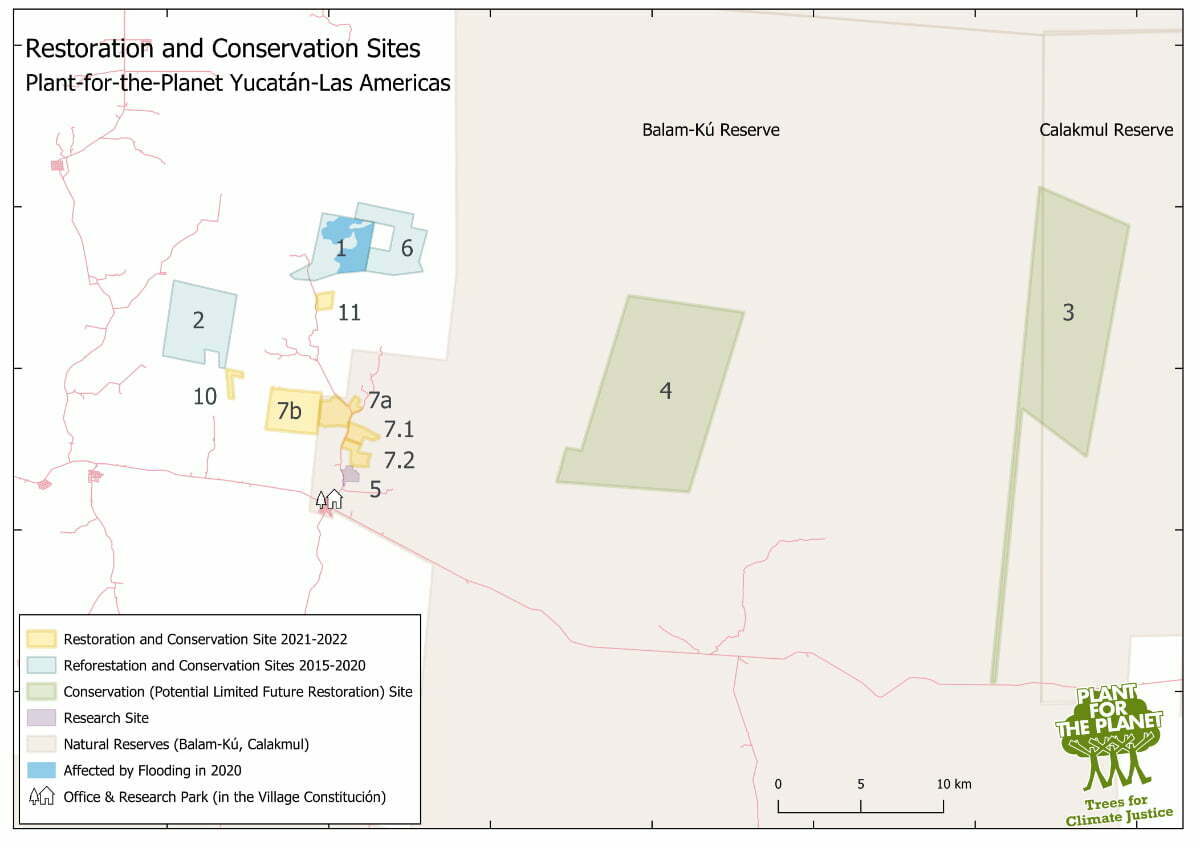
129 ha Experimental Sites
Experimental Nursery
Our on-site nursery with a capacity for 200,000 seedlings can help grow specific species for experiments and allow for experiments on seedlings.
`
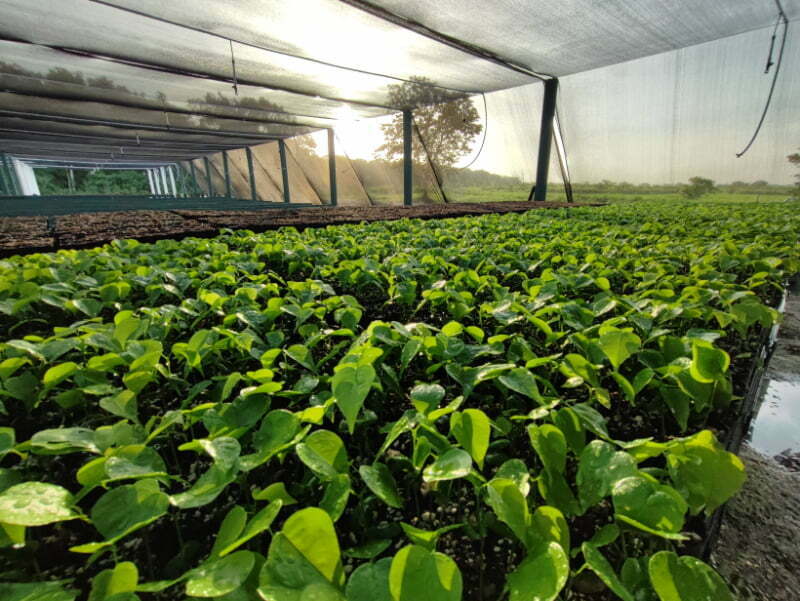
Drying Room

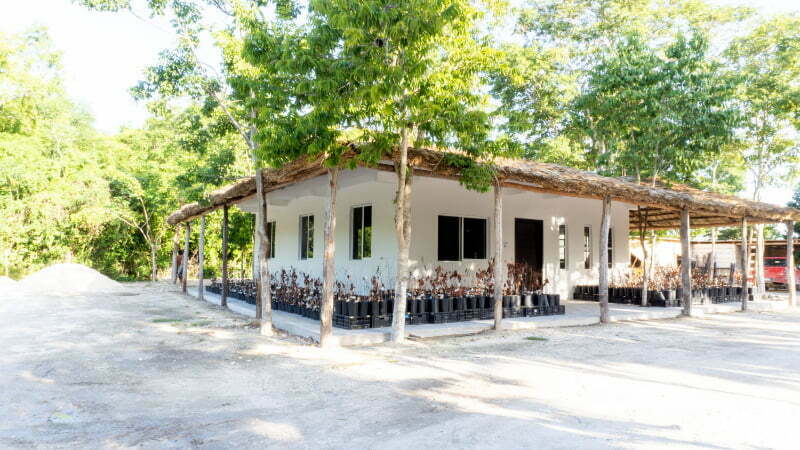
Office & Accommodation
Tour of the Campus
Recent Publications
2022
Averill, C., Anthony, M.A., Baldrian, P. et al. Defending Earth’s terrestrial microbiome. Nat Microbiol (2022). https://doi.org/10.1038/s41564-022-01228-3
We argue for the conservation and restoration of soil microbial life. We analyse 80 experiments and show that native soil microbiome restoration can accelerate plant biomass production by ~64% across ecosystems.
Restoring the soil microbiome should be a central goal when we restore ecosystems. At the same time, intentionally restoring the microbiome – especially soil fungi – helps us restore the rest of the ecosystem.
Werden, L.K., Zarges, S., Holl, K.D., Oliver, C.L., Oviedo-Brenes, F., Rosales, J.A. and Zahawi, R.A., 2022. Assisted restoration interventions drive functional recovery of tropical wet forest tree communities. Frontiers in Forests and Global Change, 5, p.935011.
San-José, M., Werden, L.K., Joyce, F.H. et al. Effects of landscape structure on restoration success in tropical premontane forest. Sci Rep 12, 13452 (2022). https://doi.org/10.1038/s41598-022-16542-3
2021
Díaz-Páez, M., Werden, L.K., Zahawi, R.A., Usuga, J. and Polanía, J., 2021. Vegetative propagation of native tree species: an alternative restoration strategy for the tropical Andes. Restoration Ecology, p.e13611.
Research Fellowships
A fieldsite for scientists from all over the worldUniversities and research institutes often lack the facilities to offer researchers the necessary framework conditions to test forest restoration methods in the open field. Especially when it comes to large-scale experiments that require a lot of space. Interested in setting up a restoration field trial with us? Our team is excited to help with setup and data collection for your experiment. And you are welcome to live with us on-site for the duration of your experiment.
Interested in becoming a research fellow? Send your application to [email protected]
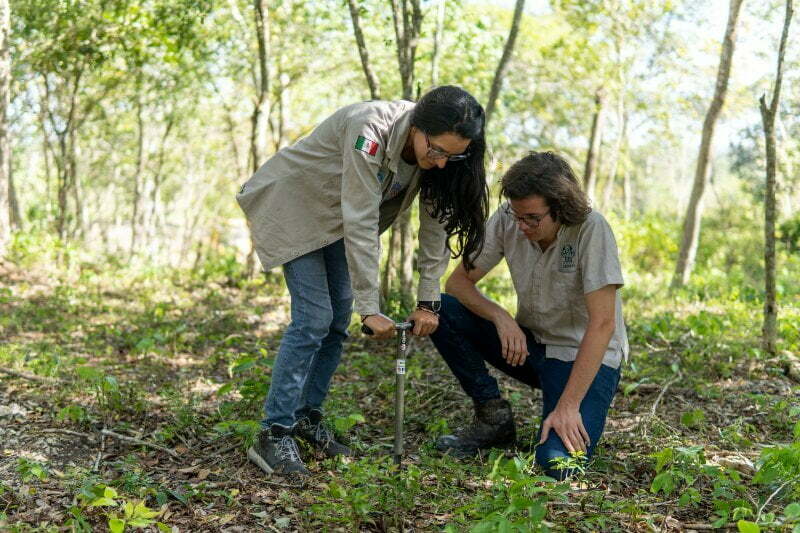

Support Us!
We need help to set up a range of further, crucial experiments and to build our restoration advice team so that struggling forest restoration projects around the world can benefit from expert advice.
Interested in supporting us? We’d love to hear from you! [email protected]
Or donate directly!
Laying the Cornerstone

